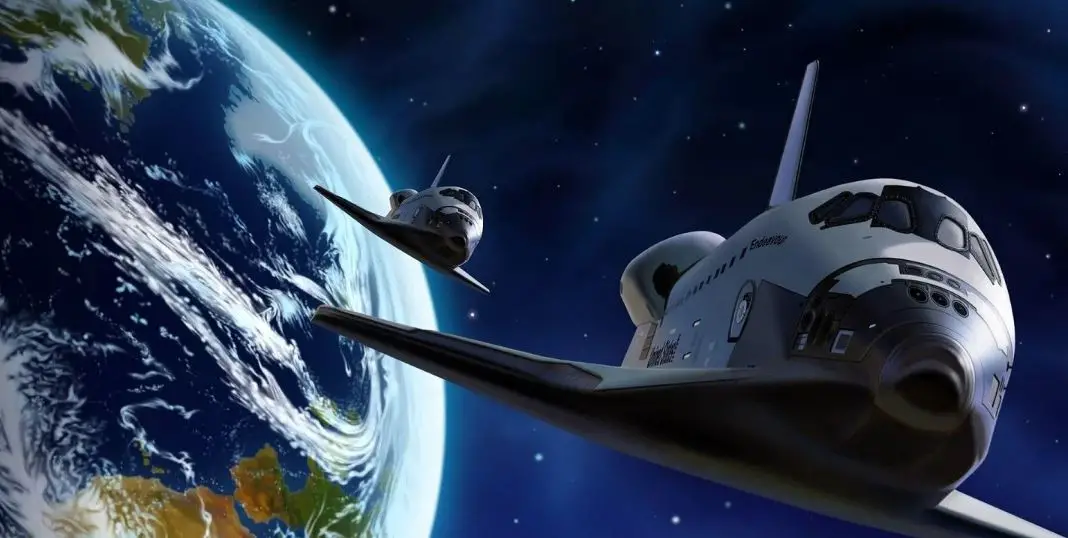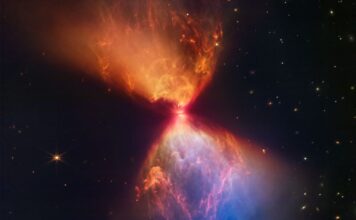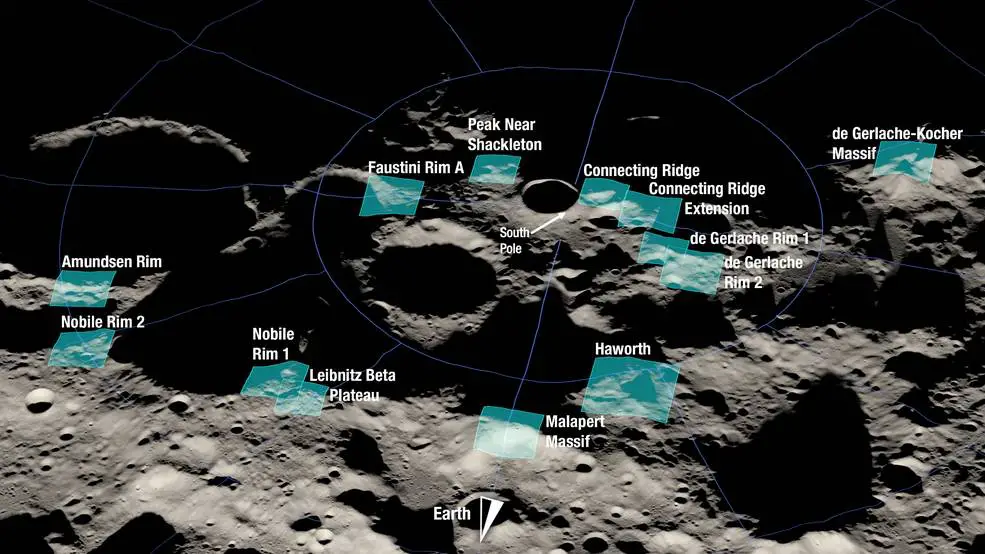While ESA, the European Space Agency, has a “record” budget of $14.4 billion for the period 2020-2024, the Biden administration is offering NASA $26 billion for the only year 2023. No comments. Let’s discover the breakdown of this budget in broad outline.
The lengthy fiscal year 2023 budget process has begun in the United States. As a reminder, the American fiscal year covers a period extending from October 1 of year N-1 to September 30 of year N.
After NASA ‘s request , which detailed its needs, the White House submitted to Congress its budget for the year 2023. This budget is only a proposal.
It is now up to the Senate and the House to find a consensus on a budget text (in theory before September 30), which will then be submitted for final approval by the Executive.
Returning to the Moon in 2025
Unsurprisingly, the budget plans to strengthen the dominant position of the United States in many areas, including, not surprisingly, human spaceflight and exploration. In the race with China to settle permanently on the Moon , NASA wishes with its Artemis program to take a step ahead.
The Biden administration plans to spend $7.6 billion on exploration, which it believes is enough to get Americans back on the Moon as early as 2025. An optimism we don’t share – $1.5 billion are planned for the Artemis lunar landers .

While one might have thought that the life of the International Space Station would be reduced due to the unprecedented crisis in space relations between the West, the Japanese and the Russians, the Biden administration is still planning to ‘use through 2030.
$224 million is planned to help the U.S. private sector kick-start the development and commissioning of commercial space stations so as to begin a transition with the ISS and not leave the United States without a “home” in low orbit.
Still in low orbit, the economic development of low orbits is taken very seriously by the United States, which plans to devote some $1.6 billion there to help research and development of technologies that could be used for a whole bunch new activities, some of which do not yet exist.
The future prospects of this LEO hub promise commercial outlets and a large range of new activities. They take on the appearance of a new space race – this time commercial, and even faster than that of the 1960s – and which Europe and the European Space Agency seem to have already lost.
Unprecedented Earth observation missions
In the field of Science, nearly 8 billion dollars could be spent (7.988 exactly). $2.4 billion is planned for Earth Sciences with the continued development of the GeoCarb (geostationary carbon observatory) missions, the CLARREO-Pathfinder climate absolute radiance and refractivity observatory and PACE.
This unprecedented mission will be able to collect radiometric and polarimetric measurements of the ocean and the atmosphere , from which oceanic, ecological and biogeochemical data will be collected, as well as data relating to clouds and aerosol particles .
The missions carried out in international collaboration Nisar with India and Swot with France are also confirmed. Nisar is an Earth observation satellite which will for the first time carry a synthetic aperture radar which will use two different radar frequencies: the L band and the S band. As for Swot, it is a satellite next-generation altimetry system which is a continuation of Jason-1-2-3 . This mission is intended for the study of the topography of the oceans and continental surface waters, lakes and rivers, the flow of rivers,.
For planetary sciences, it will be $3.16 billion. All planned missions will be funded. Whether it is the Mars sample return mission MSR , Viper which aims to discover water in the basement of the lunar South Pole or Europa Clipper bound for Jupiter ‘s moon Europa .
As for missions related to asteroids and planetary protection such as Dart and NEO-Surveyor, they are also funded.
Space observatories to answer fascinating questions
Regarding space sciences, 1.556 billion dollars are proposed to continue the realization of the Nancy Grace Roman observatory which should define the destiny of the Universe (among others), SPHEREx, to explore the origins of the Universe and of life and the gamma space telescope to study the evolution of the Milky Way (Cosi).
It should be noted that the budget proposes the closure of the mission of the Stratospheric Observatory for Infrared Astronomy (Sofia), in accordance with the conclusions of the ten-year survey concerning its low scientific productivity.
Heliophysics, Earth-Sun relations and the influence of the Sun in the solar system are not forgotten with 760 million. Several missions will be supported. The budget supports efforts to improve space weather forecasting .
We often forget it, but NASA is not just about space. It is also an agency that works in the field of aviation.
970 million dollars are planned, including 500 to reduce the climate impact of aviation and to initiate or strengthen the development of technologies necessary for zero- emission aircraft . The X-59 (supersonic aircraft) and X-57 (electric aircraft) programs are consolidated.




